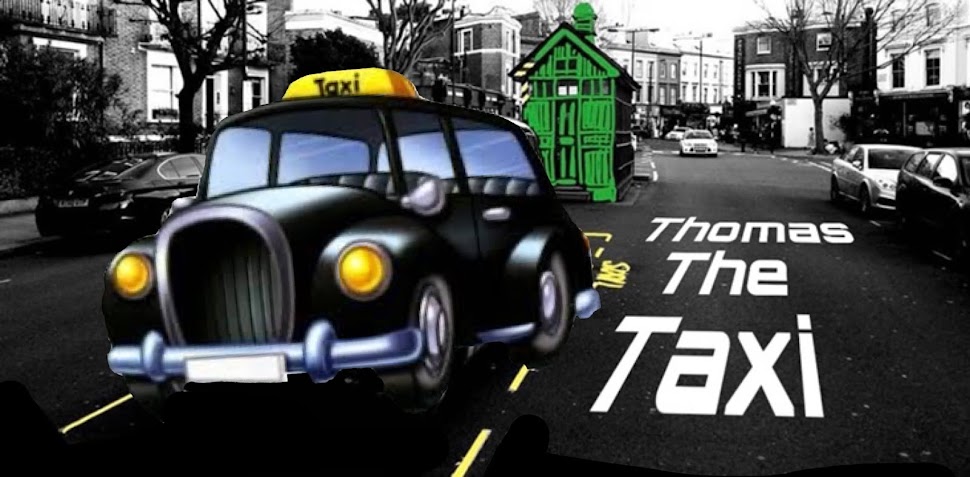In February 1916 many pharmacies were fined for selling soldiers cocaine and morphine without observing the restrictions of the 1868 Pharmacy Act.
Among those punished were not only the famous London store Harrods but also Savory & Moore, a well-known Mayfair pharmacy with a long tradition.
In a December 1915 edition of the Times, Savory & Moore advertised a small mail-order medical kit in a handy case containing, among other items, cocaine and heroin.
Harrods offered small packages of morphine and cocaine complete with syringe and spare needles, which was recommended as “A useful present for friends at the front.”
Girls often brought to the train station a cocaine kit as an ideal gift for their loved ones leaving for war.
TAXI LEAKS EXTRA BIT:
Elementary my dear Watson!
The notion that Sherlock Holmes could have been a cocaine addict seems absurd. However, even in A Study in Scarlet, the first work featuring Holmes, there were hints that Sherlock Holmes might have been using drugs.
” . . . for days on end he would lie upon the sofa in the sitting-room, hardly uttering a word or moving a muscle from morning to night. On these occasions I have noticed such a dreamy, vacant expression in his eyes, that I might have suspected him of being addicted to the use of some narcotic, had not the temperance and cleanliness of his whole life forbidden such a notion.”
Later it became quite clear that Sherlock Holmes was indeed using drugs. The Sign of Four opens with an alarming scene:
Sherlock Holmes took his bottle from the corner of the mantel-piece and his hypodermic syringe from its neat morocco case. With his long, white, nervous fingers he adjusted the delicate needle, and rolled back his left shirt-cuff. For some little time his eyes rested thoughtfully upon the sinewy forearm and wrist all dotted and scarred with innumerable puncture-marks. Finally he thrust the sharp point home, pressed down the tiny piston, and sank back into the velvet-lined arm-chair with a long sigh of satisfaction.
A little later in the story Holmes states,
“It is cocaine,” he said, “a seven-per-cent solution. Would you care to try it?”
Today we understand the horribly addictive qualities of cocaine.
Conan Doyle, a trained physician, wrote these stories in the late 1880s. At that time cocaine was a new drug.
Cocaine was used as a local anesthetic and as a nerve tonic. Cocaine or cocaine derivatives were used in throat lozenges, gargles, wines, sherries and ports. It was thought to be perfectly harmless.
Also, at the time these stories were written artists were expected to have addictions.
Certainly, Sherlock Holmes was an artist skilled in the art of deduction. Holmes played the violin, kept his tobacco in a Persian slipper, and had a cocaine addiction to help him “escape from the commonplaces of existence.”
As more was learned about cocaine and its dangers, Conan Doyle recognized that Holmes would have to change his ways.
In The Adventure of the Missing Three-Quarter Dr. Watson states:
For years I had gradually weaned him from that drug mania which had threatened once to check his remarkable career. Now I knew that under ordinary conditions he no longer craved for this artificial stimulus, but I was well aware that the fiend was not dead, but sleeping;
It seems clear that Conan Doyle understood that addictions are never truly conquered, but are instead managed.
With the help of his faithful friend, Dr. Watson, Sherlock Holmes was able to manage his need for the seven-percent solution.




No comments:
Post a Comment